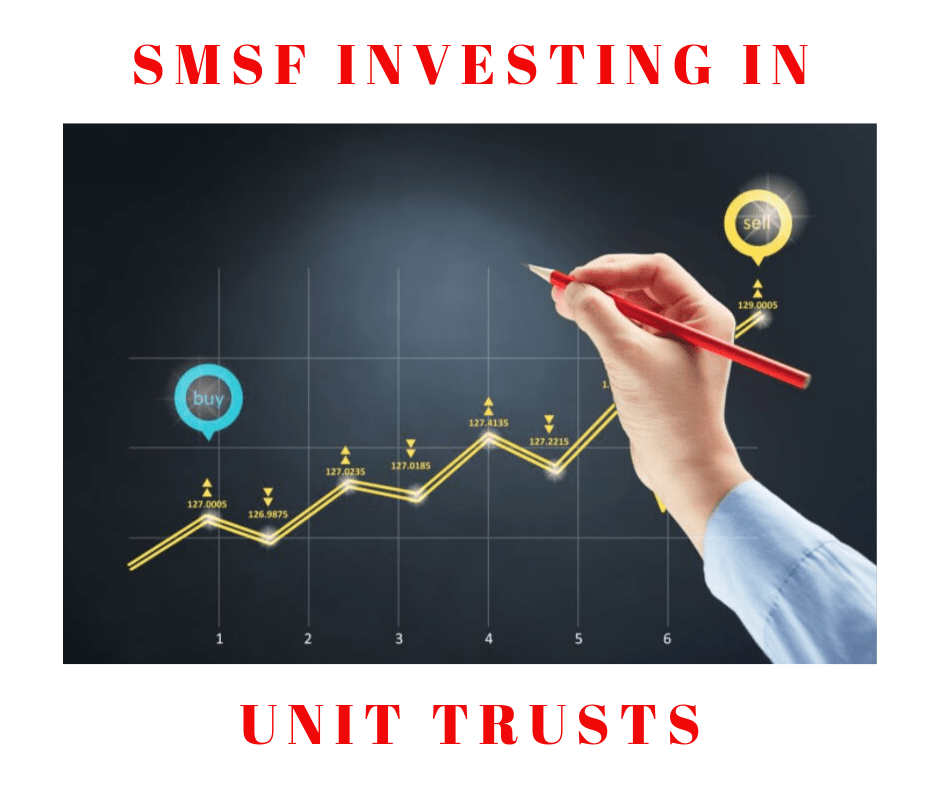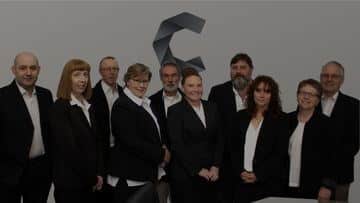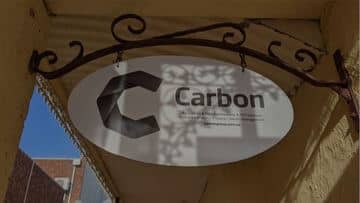A brief overview of the ways an SMSF may utilise the popular investment vehicle the unit trust to invest and hold the assets of the fund.
Here is the Carbon Group take on a recent article by Dan Butler (DBA Lawyers) recently published in Self Managed Super Magazine (full article see https://smsmagazine.com.au/news/2019/08/05/smsf-investments-via-unit-trusts/ ).
Table of Contents
Unit Trust – Introduction
Unit Trusts are an investment vehicle that allows for multiple investors to share ownership of a specific investment or portfolio of investments (often property). Unit trusts can help diversify an investment portfolio or provide access to an investment that the investor may not be able to access on their own. The units represent the proportionate ownership of each of the individual investors of the trust.
Closely Held Unit Trusts
One of the most straight forward uses of a unit trust is the acquisition of a specific real estate asset e.g. an investment property. By pooling resources, one or more SMSFs and/or other investors can use their combined financial resources to purchase the property via a unit trust structure.
The advantage to the SMSF is that the pooled resources may provide for access to a better-quality property (better potential returns) or reduce the risk for the SMSF via partial ownership of the asset. There may be one or more related or other investors who also participate in the same unit trust.
Compliance for an SMSF is a major obligation and harsh penalties may apply in the case of a breach. For an SMSF, for investing in a unit trust, the quality of the unit trust deed and the constitution of the corporate trustee are crucial from a compliance standpoint.
SMSF ‘In-house Assets’: Restrictions for Related Unit Trusts
For an SMSF, investments in a related trust are defined as ‘in-house assets’ (IHA), under the Superannuation Industry (Supervision) (SIS) Act 199. A maximum of 5% of the market value of the SMSF can be invested in IHAs. The Australian Tax Office can impose significant penalties on any SMSF that breaches this condition.
As an example, consider an SMSF with $1,000,000 of assets. It would not be able to invest any more than $50,000 in IHAs including any related trusts.
A related trust includes a unit trust where an SMSF member, a standard employer-sponsor or the member’s relatives, a partner in a partnership and a company or trust that is controlled or significantly influenced by an SMSF member and their associates, hold more than 50 per cent equity in the unit trust, exercise significant influence in relation to the trust, or can remove or appoint the trustee.
When an SMSF is looking to invest in any assets it is crucial to identify any assets that are IHA’s (yes, related trusts we are looking at you) to determine if that 5% IHA threshold would be breached. Obviously, it would be ill-advised to make the investment if it would result in a breach.
Seeking the advice of an SMSF Specialist Advisor, like Anthony McPhee, can certainly assist you with ensuring compliance in this regard.
There is, however, a possible exception discussed below that allows an SMSF to invest in a related unit trust.
Non-geared Unit Trust
If a related unit trust, is determined to be a ‘non-geared unit trust’ (NGUT), then it allows for one or more related investors to come together to invest in property. Furthermore, an NGUT enables an SMSF to hold up to 100 percent of the units issued in that ‘related’ unit trust.
There are strict criteria in the Act for a trust to be an NGUT and the obligation is to comply with the strict criteria on an ongoing basis.
If an NGUT fails to comply with the legislation, then it reverts to an IHA and the 5% threshold needs to be met. If there is a breach, then asset disposal may be required and that could give rise to substantial transaction costs.
For an NGUT to comply and overcome the IHA prohibition. It must meet the strict criteria in the SIS Regulations requiring the trust must, among other things, not:
- have any borrowings or charges (for example, a mortgage) on the trust’s assets,
- lease any property to a related party apart from business real property,
- invest in any other entity (for example, the trust must not own shares in a company), or
- conduct a business such as property development.
An SMSF may also be permitted to acquire further units in an NGUT from a related party without infringing section 66 of the SIS Act provided certain criteria are satisfied.
Unrelated Unit Trust
An SMSF has no restrictions on how much of the fund’s assets it can invest in a unit trust that is not a related trust.
For example, an SMSF with $1 million of assets could acquire a 35 percent unit holding in an unrelated trust, investing the entire $1 million in that unit trust as the trust is not a related party. Under this scenario, the SMSF would not have control, nor significant influence in respect of the unit trust and therefore the 5 percent IHA limit should not apply.
With some thought and planning, it is also possible to structure an investment in property involving two or more unrelated SMSFs to enable them to invest in an unrelated unit trust structure. It is vital that ownership percentages of the trust and any voting rights are set so that none of the SMSFs are deemed to be in control – thus avoiding the IHA restrictions.
One example may be three SMSFs with $333,334 each combining together to invest in a unit trust to acquire a $1 million investment property.
Again, seeking the advice of an SMSF Specialist Advisor would be wise here.
Other Considerations
Tax Treatment – Trusts are often referred to as flow-through structures. Provided the trustee of the relevant unit trust distributes all its net income (including any net capital gain) prior to 30 June each financial year the unit trust is generally not subject to tax.
Any income that is not distributed prior to 30 June, generally results in the trustee being taxed at the top personal marginal tax rate (FY2020 45 percent plus applicable levies).
‘Fixed trust’ versus ‘non-fixed’ – an SMSF should use a unit trust that will qualify as a ‘fixed trust’ as it has fewer compliance issues.
Change in unitholders, disputes– the unit trust deed should cover what happens on the admission or departure of a unitholder and how disputes are to be resolved between the parties.
Buy-sell agreement – a suitable buy-sell agreement should be considered where there is more than one unitholder, even if that unitholder is a related party, to ensure the parties are dealing at arm’s length.
Limitation of liability provisions – unitholders can be exposed and liable for the liabilities of the unit trust, including any damages or losses incurred by the trustee. Carefully drafted limitation of liability provisions are required to ensure unitholders, including any SMSFs, are not placed at risk from obtaining inferior documents.
Stamp duty implications – when transferring, issuing and redeeming units in each relevant state or territory also need to be carefully managed. Timing of the asset purchase is critical as purchasing prior to the unit trust being set up or when a change in unitholders occurs after the purchase contract has been executed – can lead to significant stamp duty costs.
Conclusion
Unit trusts are a popular structure for SMSFs to invest in and can be highly effective. Compliance needs to be the primary consideration for all SMSF investments. However, there other key considerations include legal and related risks (e.g. tax effectiveness of the trust and stamp duty costs) that need to be carefully managed.





















